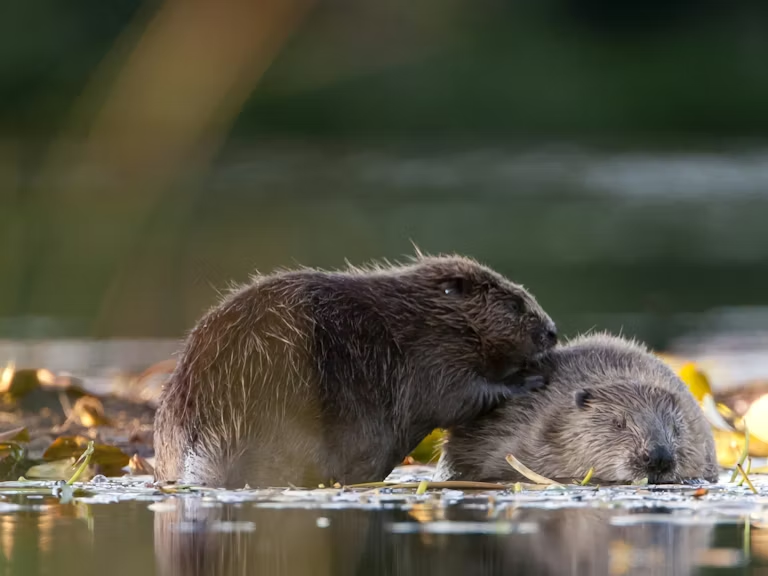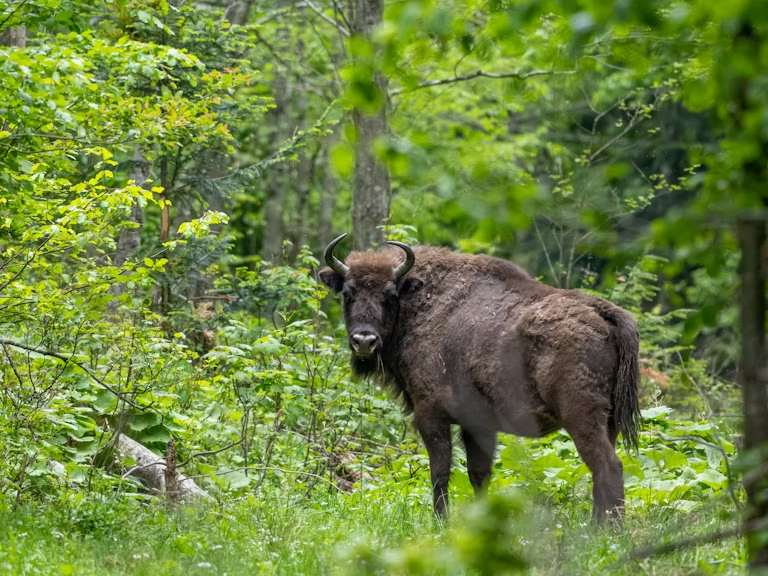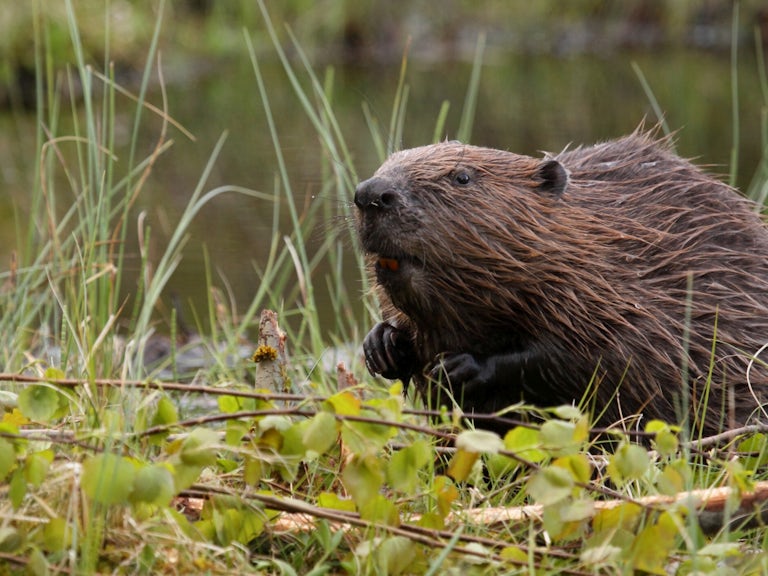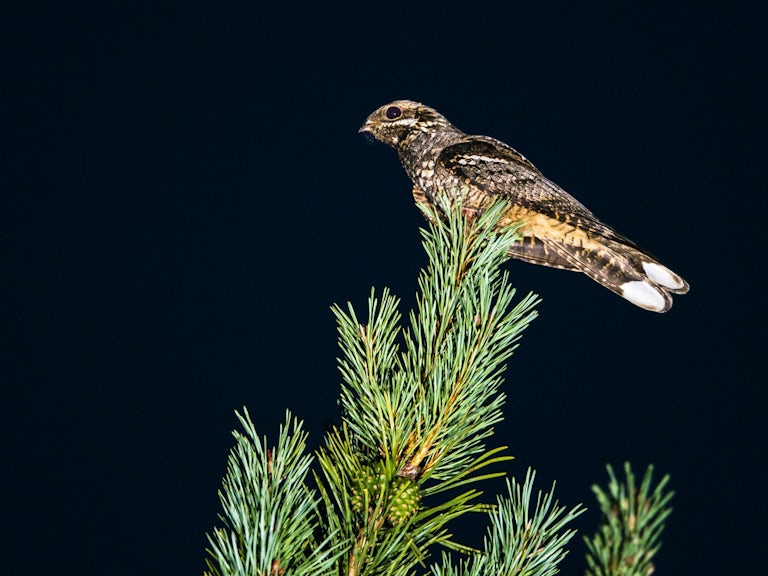Report: Reforesting Britain
Why natural regeneration should be our default approach to woodland expansion.
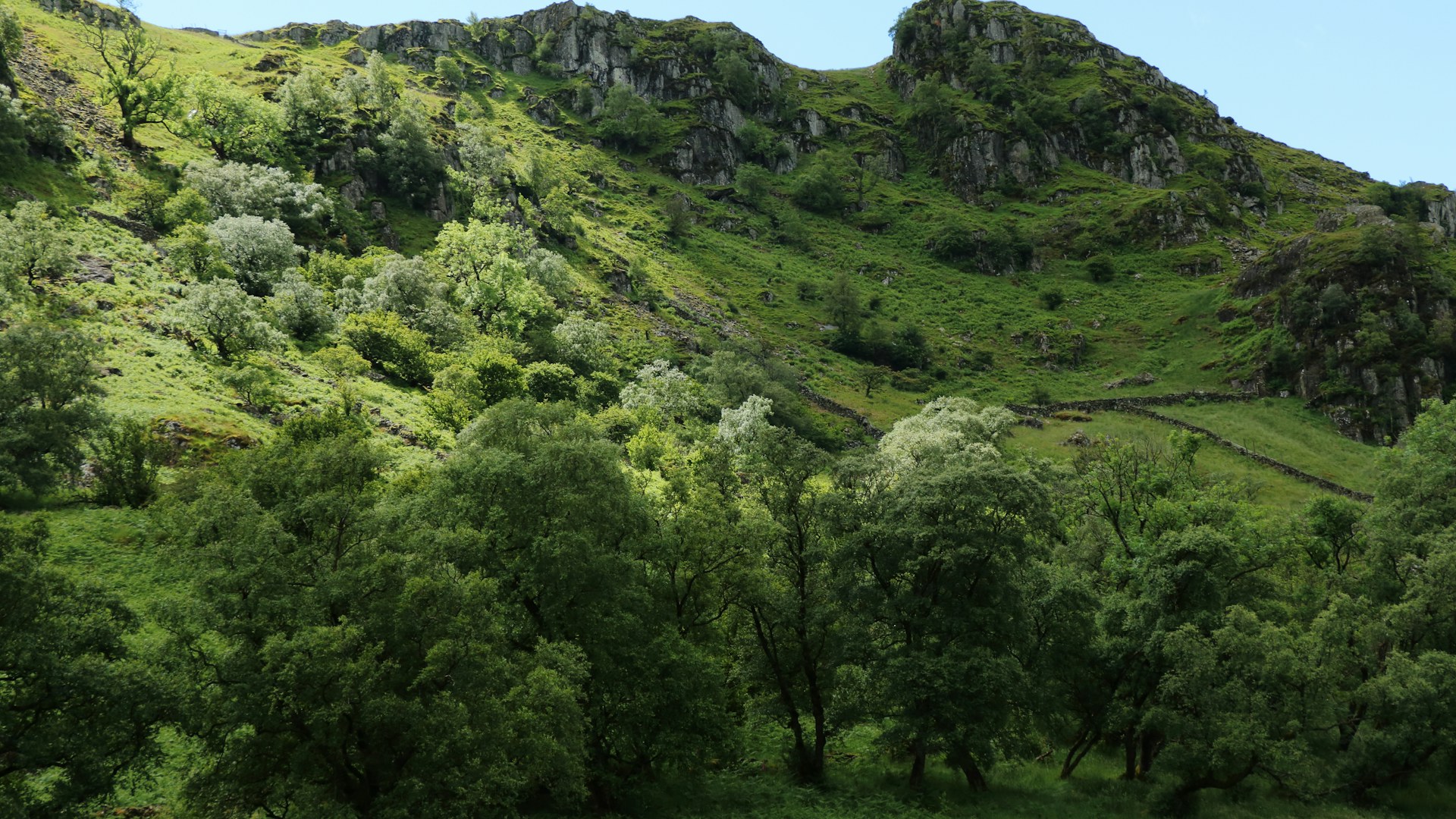
There’s universal acknowledgement that we need more trees to help prevent species extinction and to tackle climate change. But how should we achieve this expansion of tree cover? Tree planting has become a go-to option but natural regeneration has a key role to play.
Compelling evidence:
Our latest report pulls together evidence that shows:
- Natural regeneration will happen on a large scale if we allow it
- The pace and process of natural regeneration are complex and unpredictable
- Natural regeneration brings additional biodiversity and climate benefits
We are calling for:
1. Support for natural regeneration as the default approach to woodland expansion
We propose a Three Step Natural Regeneration Hierarchy as a practical model for decision making. This should be part of a broader rewilding approach where species-rich mosaics of woodland, scrub and grassland habitats are allowed to regenerate over large landscapes. The hierarchy starts with natural regeneration as the default approach, with tree planting as a support option where the natural regeneration of diverse habitats will not happen without it.
Step 1. Let nature lead: Allow natural regeneration as a default approach unless a natural mix of trees and shrubs are unable to establish or would take too long to arrive.
Step 2. Give nature a hand: Kick-start the process by assisting natural regeneration if needed.
Step 3. Plant trees: Plant locally sourced tree saplings only where still considered necessary.
2. Double woodland cover by 2030 for the benefit of people, nature and climate
We urgently need to see an expansion of nature’s recovery across Britain to match the scale of the threats from accelerating climate heating and species extinction. Doubling woodland cover from 13% to at least 26% by 2030 is achievable partly through a rapid expansion of the area of ‘woodland in the making’ where young woodlands are regenerating and growing into the natural forests and wildwoods of the future. Our National Parks and public lands should lead the way by establishing a mosaic of regenerating forest and woodland habitats at all scales alongside wetland, grassland, scrub, and non-woodland trees.
3. Incentivise natural regeneration within an integrated approach to land use change
We would like to see a significant increase in investment in natural regeneration from public and private financing within a supportive regulatory framework. Current funding for trees, woodland creation and forestry is complicated and uncoordinated. And yet the multiple long-term benefits of natural forests and woodlands far outweigh the upfront costs. Integrated land management payments – for example, the future Environmental Land Management Scheme and devolved nation equivalents – should explicitly support and incentivise natural woodland regeneration and nature-enriching land uses that sustain rural livelihoods. This should be supported through a coordinated regulatory approach, enabling funding mechanisms and straightforward administrative requirements.
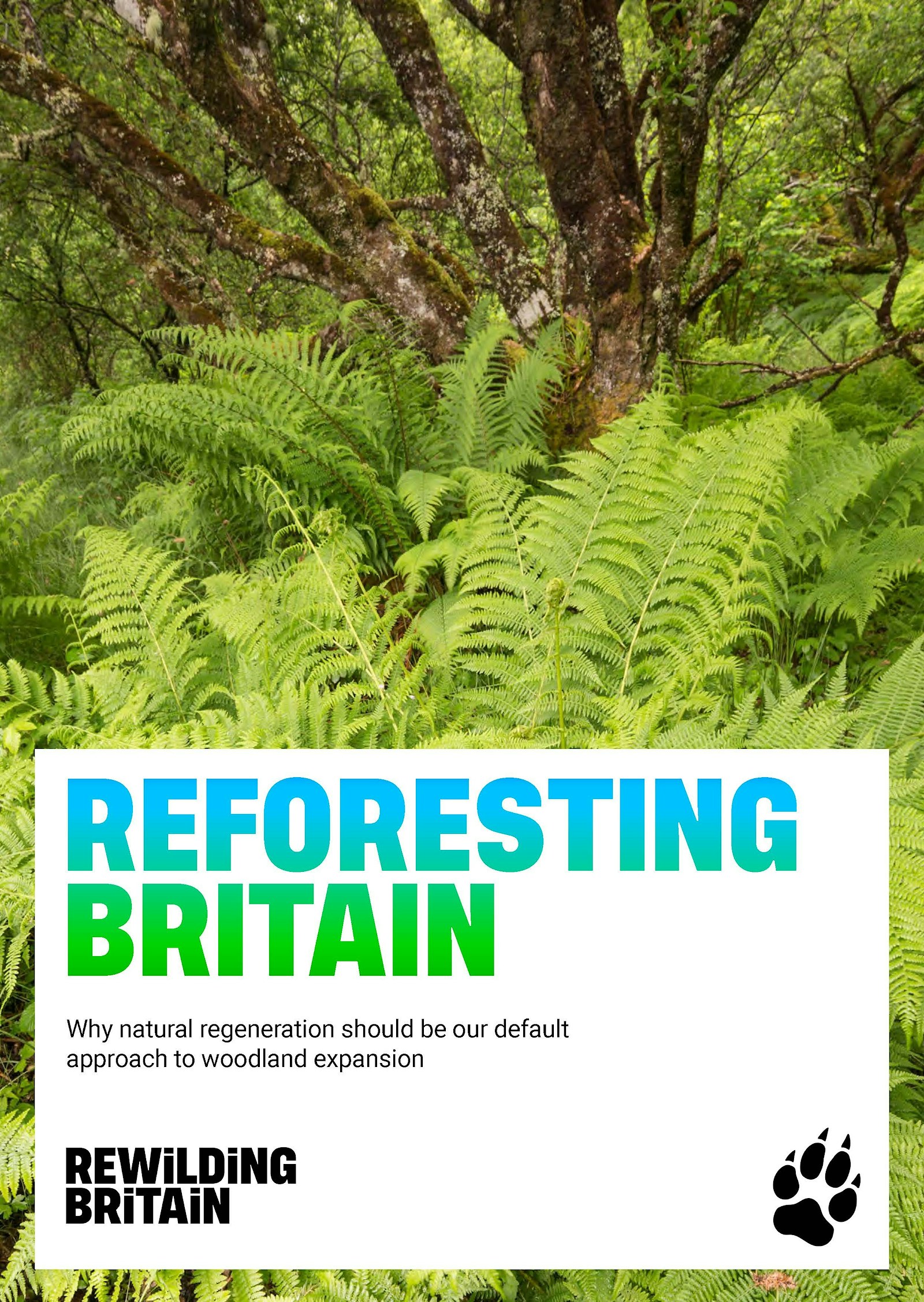
Expanding our woodlands through natural regeneration
Download pdf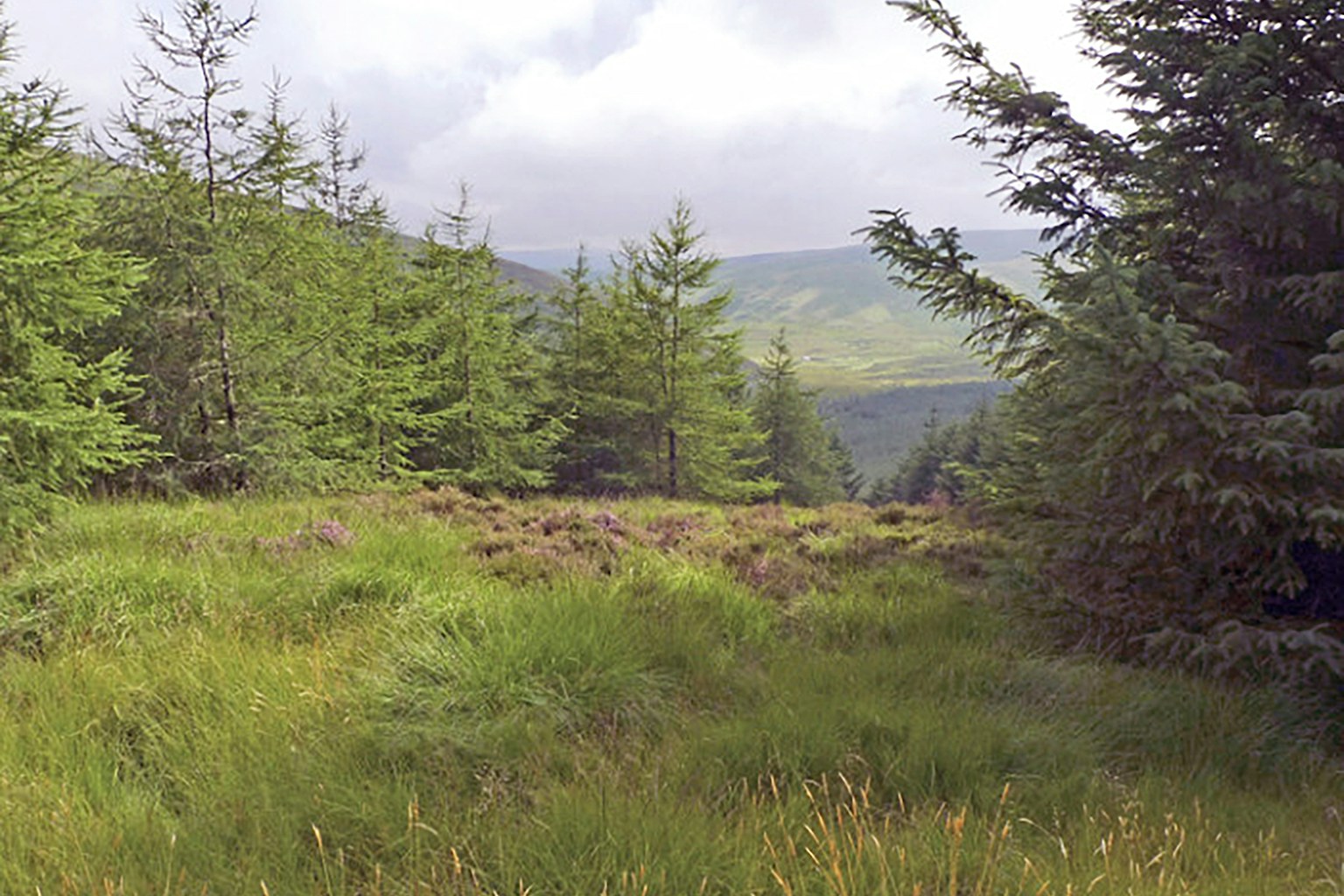
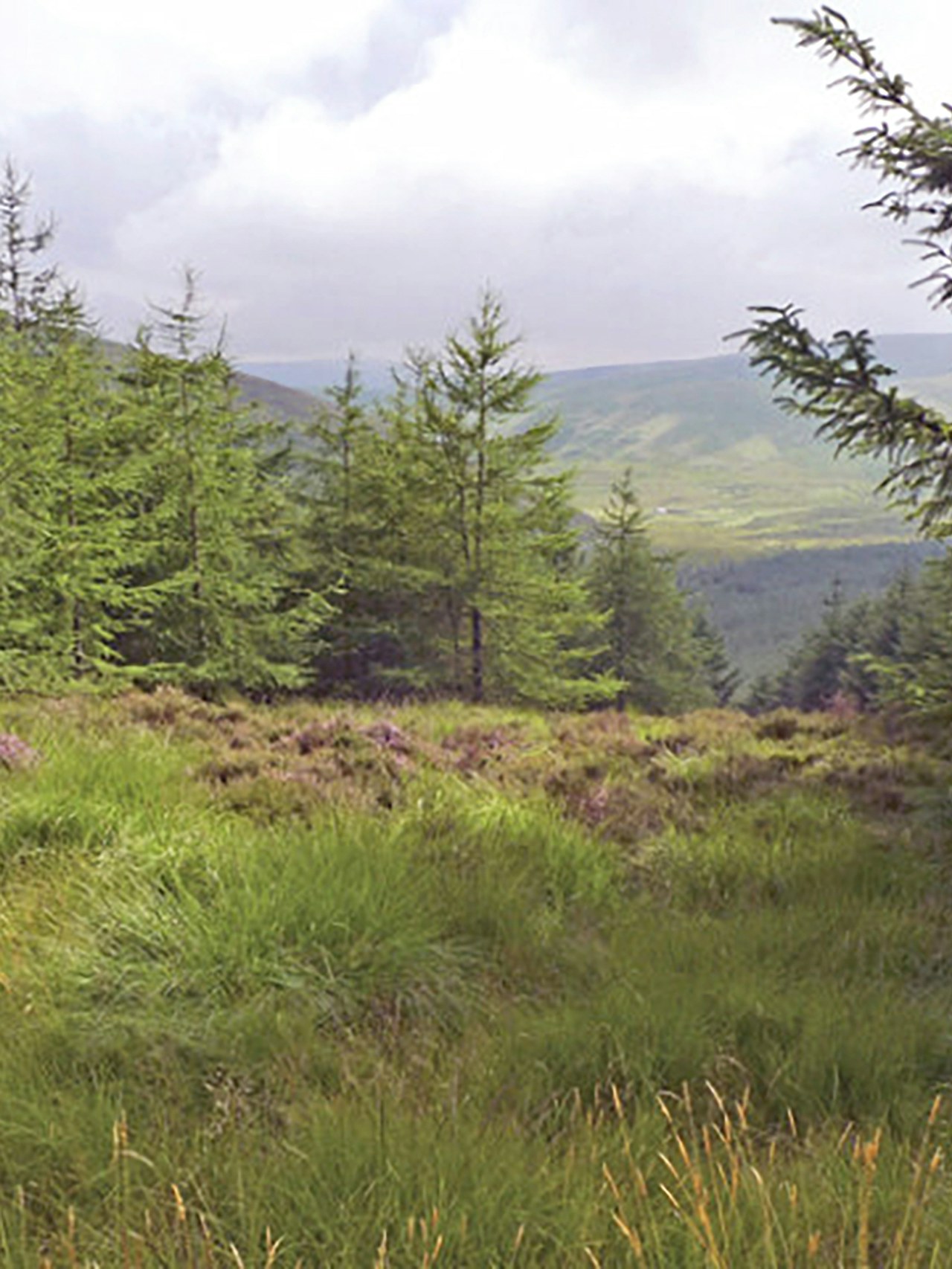
We’re boosting rewilding on the ground
A woodland scoping study at Glenlude is one of 11 projects awarded in the latest round of the Rewilding Innovation Fund. The study will help shape a plan for native woodland restoration that complements low-impact forestry.
Uncover the full list of recipients awarded since 2021 to see the diverse range of rewilding projects taking action across Britain’s land and sea.
